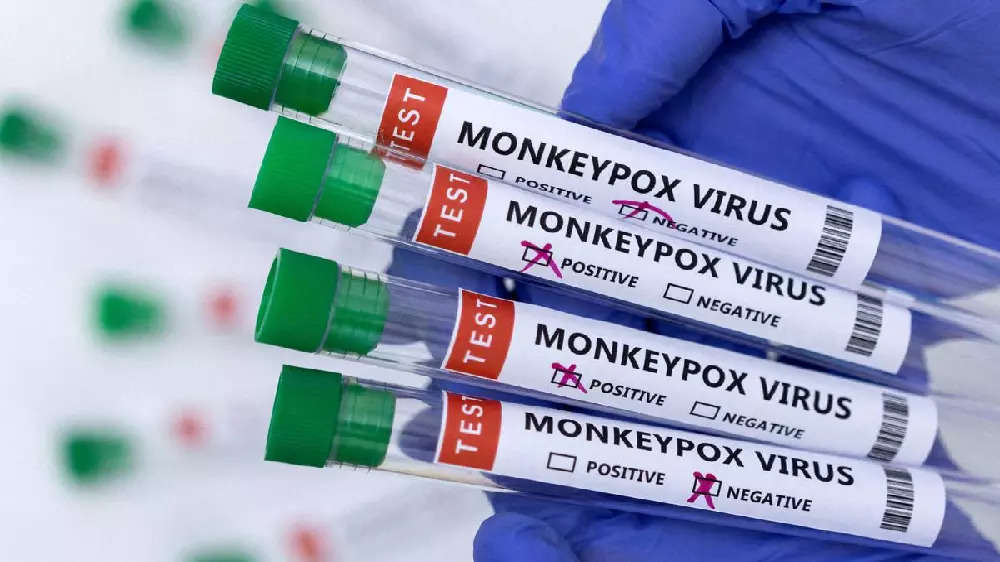
New Delhi: After being successfully mitigated through vigilant efforts in 2023, Mpox has re-emerged globally, spreading through familiar channels, particularly in Africa’s expansive regions. With confirmation from the world’s leading public health body, speculation is no longer an option.
Recent cases in Sweden and Pakistan indicate that the disease has already breached its epicenter, potentially spreading further. Proactive measures are critical for achieving favorable outcomes, as highlighted by recent developments in India.
Following the WHO’s declaration of Mpox as a Public Health Emergency of International Concern (PHEIC) on August 14, 2024, Prime Minister Narendra Modi is closely monitoring the situation. His Principal Secretary, Dr. P. K. Mishra, has chaired a high-level meeting to review the country’s preparedness and public health measures related to Mpox.
In light of this alarming development, ETHealthWorld consulted with several healthcare experts to analyze the issue and its potential impact.
Dr Anurag Agrawal, Head of the Koita Center for Digital Health at Ashoka University, explained, “Mpox is not new. Similar to smallpox, it was first detected in humans in 1970 in the Democratic Republic of Congo, primarily affecting countries in Central and West Africa. Clade I, seen in the Congo basin, had less human-to-human transmission but caused more severe infections and deaths. Clade II, observed in West Africa, spread more widely but with milder infections. The large international outbreak starting in July 2022, primarily driven by sexual contact among men, was due to Clade IIb, which has even lower virulence.”
“The 2022 MPox outbreak was thus mostly a self-limited disease, with low mortality rates. Despite this there were about 200 deaths, mostly in countries that had never reported Mpox before,” he added.
Simplifying it further another expert Dr Gunisha Pasricha, Principal Scientist, Infectious Disease, MedGenome highlighted, As per WHO so far this year, 15, 664 cases of mpox, with 537 deaths, have been reported in the Democratic Republic of the Congo (DRC) alone, already exceeding last year’s total, which itself was a record. In the past month, more than 100 cases of clade 1b have also been reported in four neighboring countries of DRC which had not reported mpox before: Burundi, Kenya, Rwanda and Uganda. Also the first case of mpox clade 1b infection has been identified in Sweden. The rapid spread of clade 1b in African countries and Sweden is the main reason for WHO to declare a public health emergency of international concern.”
Differentiating the ongoing buzz Dr Agrawal cautioned, “The current outbreak seems different. It is Clade I, with likely higher mortality. Cases are being reported from multiple countries neighboring DRC and most of the deaths are in children, raising fear of non-sexual human to human transmission. While there is no clear evidence of respiratory transmission, there is fear that the virus is evolving. Smallpox could transmit via the respiratory route, making it a dreaded pandemic. Every new infection is an opportunity for the virus to evolve, as we learnt during the SARS CoV2 pandemic. Efforts must thus be directed towards containing the ongoing spread of MPox.”
Voicing a similar stance Prof Gautam Menon, Dean of Research and Professor of Physics and Biology, Head of Centre for Climate Change and Sustainability (3CS), Ashoka University said, “The variant of MPox that has been detected outside Africa, first in Sweden and now in Pakistan, corresponds to what is called Clade 1b, which appears to be a more transmissible form. The WHO has now cautioned that more cases should be expected in Europe. Children seem to be harder hit in the outbreak, especially those in crowded unsanitary conditions, such as in refugee camps. As of now, our understanding is that transmission between people requires intimate contact, so it would be harder to have a situation where the numbers of infected can grow explosively.”
For preventing its outbreak in India Dr Agrawal suggested, “The best containment steps we can take are those that prevent the infection from reaching us. The capacity we built during the SARS-CoV2 pandemic – in diagnostics, vaccines, genomic surveillance – can be used as part of a global South-South cooperation. Serving others can sometimes be the best way of serving oneself.”
While Prof. Menoin said, “It would be wise at this point for India to screen at airport entry for symptoms and to isolate those who might be infected. One should especially screen travelers from countries which have reported cases of Mpox in the recent outbreak. Keeping track of incoming travelers who may report illness later is also important, so that their contacts can be informed and tested. Indian medical agencies should also ensure that they are at the forefront of what is known about the epidemiology of MPox, whether one can carry it asymptomatically, the modes of transmission etc.”
Concerning Mpox global attenuation, Dr Pasricha emphasised, “Declaration of emergency underscores the need for affected countries to tackle the virus together and all countries to enhance surveillance, share data, and work to better understand the transmission; share tools like vaccines; and apply lessons learned from prior public health emergencies of international concern in addressing the current outbreak.”
As Mpox resurfaces globally, the experts highlight that India must proactively utilise its pandemic preparedness strategies to prevent a resurgence within its borders. Early detection, vigilant monitoring of travelers, and public awareness are key to containing the spread of Mpox. By acting swiftly and collaboratively, India can mitigate the risk of a widespread outbreak and protect public health.







